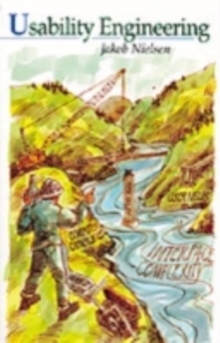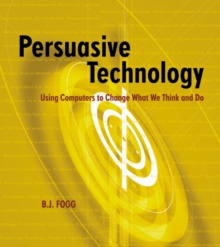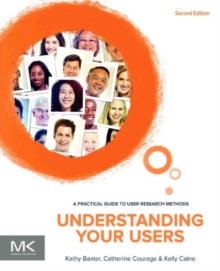
Your Wish is My Command : Programming By Example PDF
by Henry Lieberman
Part of the Interactive Technologies series
Description
As user interface designers, software developers, and yes-as users, we all know the frustration that comes with using "one size fits all" software from off the shelf. Repeating the same commands over and over again, putting up with an unfriendly graphical interface, being unable to program a new application that you thought of yourself-these are all common complaints. The inflexibility of today's computer interfaces makes many people feel like they are slaves to their computers. Shouldn't it be the other way around? Why can't technology give us more "custom-fitting" software?
On the horizon is a new technology that promises to give ordinary users the power to create and modify their own programs. Programming by example (PBE) is a technique in which a software agent records a user's behavior in an interactive graphical interface, then automatically writes a program that will perform that behavior for the user.
Your Wish is My Command: Programming by Example takes a broad look at this new technology. In these nineteen chapters, programming experts describe implemented systems showing that PBE can work in a wide variety of application fields. They include the following:
The renowned authors and their editor believe that PBE will some day make it possible for interfaces to effectively say to the user, "Your wish is my command!"
- Text and graphical editing
- Web browsing
- Computer-aided design
- Teaching programming to children
- Programming computer games
- Geographical information systems
Information
-
Download - Immediately Available
- Format:PDF
- Pages:440 pages
- Publisher:Elsevier Science
- Publication Date:12/03/2001
- Category:
- ISBN:9780080521459
Information
-
Download - Immediately Available
- Format:PDF
- Pages:440 pages
- Publisher:Elsevier Science
- Publication Date:12/03/2001
- Category:
- ISBN:9780080521459










